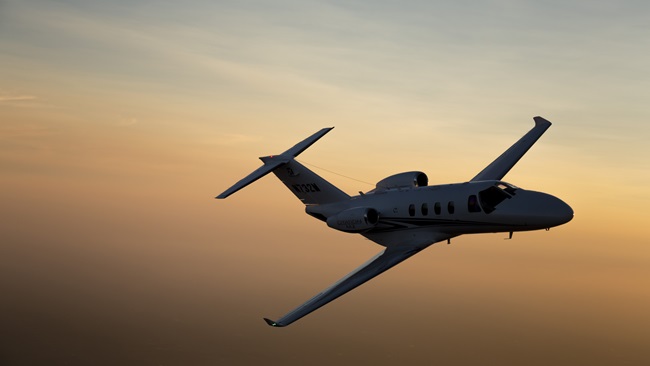From the editor: Milestones
A look at the turbine marketplace

Other turbines also were standouts last year. The Cirrus SF50 Vision Jet ramped up production and seems on track to deliver 60 units. It also won the 2017 Collier Trophy for the greatest achievement in aeronautics. Pilatus began ramping up its new PC–24 twin turbofan, racking up nine deliveries by September 2018. Aerion picked GE’s Affinity engine to power its long-languishing AS2 supersonic business jet project. In the large-cabin arena, Gulfstream began deliveries of its new G500 large-cabin jet, and Bombardier certified its new Global 7500. Embraer unveiled its new Praetor 500 and 600 models—major upgrades of the Legacy 450 and 500, respectively.
On the not-so-cheery side, One Aviation (manufacturer of the Eclipse 550) and Piaggio declared bankruptcy, and problems with the Cessna Citation Hemisphere’s Silvercrest engine caused a delay in production. Previously, issues with the Silvercrest’s compressor sections caused Dassault to cancel its Falcon 5X in 2017. The company’s new Falcon 6X will take its place.
Where once we had the “big two, little two” airline manufacturers, we now have just the big two—Airbus and Boeing. The executive jet arms of Bombardier and Embraer are on their own.But maybe the biggest recent news had to do with the moves by Boeing and Airbus to fill out their product lines by buying into the regional airline divisions of Embraer and Bombardier. Airbus bought a 50.01 percent share of Bombardier’s commercial aircraft division—manufacturer of the C Series regional jets—and renamed them A220s. Boeing took an 80-percent ownership stake in a partnership with Embraer to build the latter’s E-Jets. So where once we had the “big two, little two” airline manufacturers, we now have just the big two—Airbus and Boeing. Now that the executive jet arms of Bombardier and Embraer are on their own, it will be interesting to watch their pursuits.
As for 2019, market researcher Brian Foley Associates believes that it will be a better year for deliveries, with upward of a 10-percent boost over 2018 numbers—but that any improvement could be short-lived. Blame any sluggishness on weakness in overseas markets, a shaky stock market, and talk of a recession around the corner.
Email [email protected]



